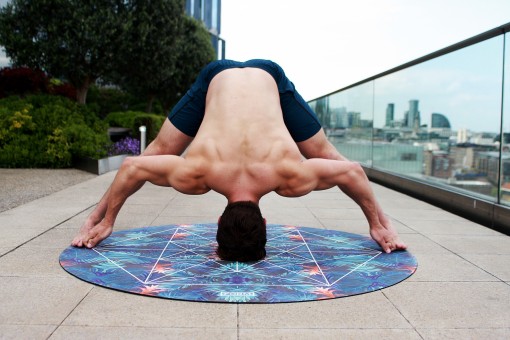Fever and Treatment: No ice baths Please!

Author:
Author: . Drew Laurusonis, M.D." href="http://www.articlesbase.com/authors/j.-drew-laurusonis,-m.d./302300.htm">J. Drew Laurusonis, M.D.Fever is the bodys normal method of reaction to fight infection or inflammation. Fever is not a disease in itself. Rather, temperature is a sign of or a response to a problem. It is simply a body temperature above normal. The normal human body temperature is 98.6F or 37C. It can be caused by a number of things like---being hot outside, exposure to an infection, or other issues. The body raises the temperature in response to infections to change the favorable temperature of 98.6F to 106F. The bacteria do not survive well in this new environment. A normal temperature in children varies with activity, eating, and the time of day. It ranges from 99F to 100F rectally in children. Rectal readings are the most accurate and the preferred method of taking a temperature in children under 8 years of age. The glass thermometer has a line down it at 98..6F. This is not the normal/average rectal body temperature. Normal rectal temperature is 99.6 F. Rectal temperatures are usually 1 degree higher than oral temperatures. Low-grade fever up to 101F probably should not be treated with the combination of acetaminophen and ibuprofen. Carefully follow the printed instructions on the bottle. Use acetaminophen first, then ibuprofen, and then both. Alternate between them until the fever is under 100.5F. You should never use Aspirin in people under 25 years of age due to Reyes syndrome, unless the fever source can be identified. To decrease the fever, sponge a childs body with lukewarm water. Tap water should be about 90F - 92F toreducethe fever temporarily. Do not use cold water. Cold water or ice often causes rebound with higher fever. 1. Fill a basin with lukewarm water. 2. Remove all clothing and lay the child down on a towel. 3. Dip a clean washcloth into the warm water. Wring it out until it is dampbut not soggy. 4. Using the washcloth, begin massaging the child all over the body. Cover as much surface as you can. The childshould not be dripping wet but should feel moist. This allows evaporation, which greatly cools the child. 5. Continue the gentle but constant massaging of the child. This increases the flow of warm blood to the skin. Itgradually brings the heat from the body core to the outside to be released to decrease high temperature. 6. When the washcloth begins to warm up, dip it into the lukewarm or tap water and wring it out again. 7. Repeat the massaging. In about 5 to 15 minutes, the childs temperature will probably be decreasedsomewhat. Stop sponging when the temperature reaches about 101F rectally. 8. DO NOT use a fan, alcohol, ice or cold water, cold baths, or leave your child covered with wet towels. This reverses the bath's purpose to decrease temperature and results in a rebound fever that can be even higher. DOdress your child lightly; there is no need to bundle the child. Wear minimal clothing. Fever-reducing medication should generally be given as followed: Follow directions on the bottle and make sure that this is childrens acetaminophen. Liquids (water) are the most important requirement of the child with a fever. Provide electrolyte replacement fluids such as Pedialyte, Gatorade, water, weak tea, ginger-ale, clear broths, nectar 75% diluted with water, liquid Jell-O or a cold non-caffeinated soda. Juices and milk usually cause nausea and vomiting, making the situation worse. The best-tolerated foods are saltines, cereals, applesauce, and bananas. Offer food but do not force them. Fluids in small, frequent doses are all that is important for the first few days. See a physician or go to the E.R if: The child is under 6 months old and has a fever. The child is 6 months to 6 years and has a fever of 102F or more. The temperature in ANY child rises to 103F or higher. The fever lasts over 12 hours or does not quickly respond to Tylenol or Advil. There are any symptoms such as unusual drowsiness, seizures, loss of mental alertness, labored breathing, or an appearance that worries or disturbs you. See a medical doctor (M.D.). John Drew Laurusonis M.D. Doctors Medical Center http://www.doctorsmedicalctr.com About the Author:
J. Drew Laurusonis, M.D. is a licensed physician in 4 states who practices Internal Medicine and Aesthetics in his urgent care center in Duluth, Georgia.